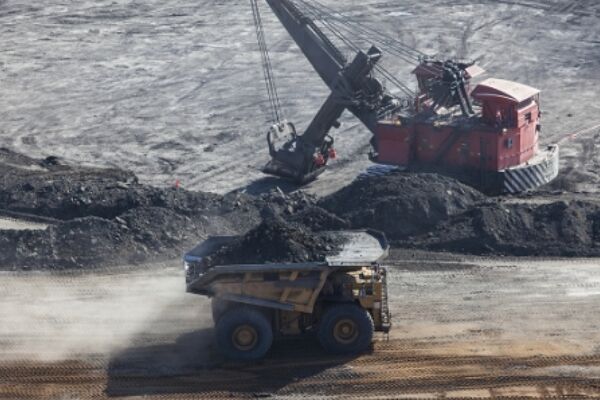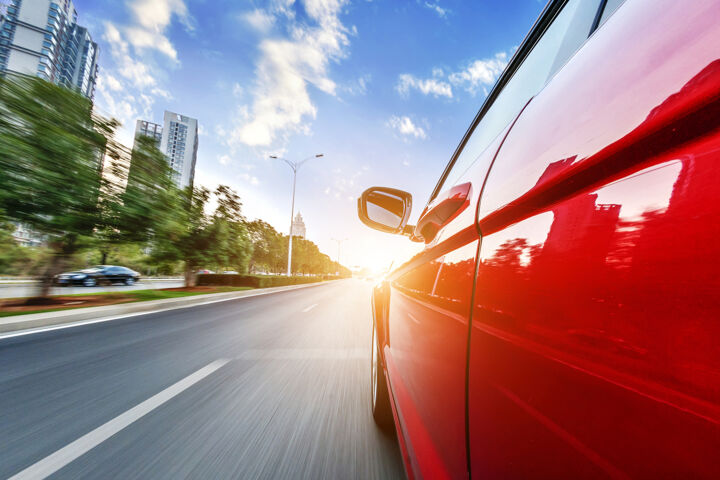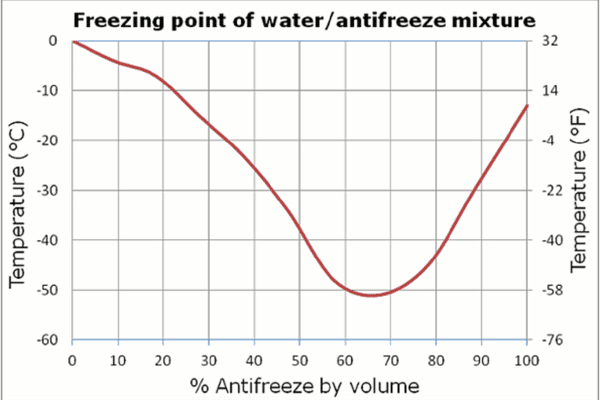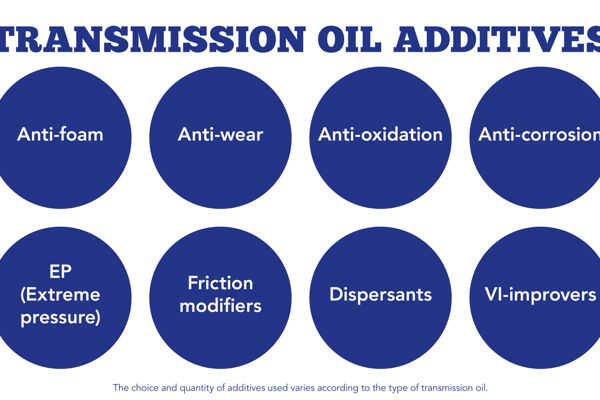
The crucial role of high-performance lubrication i...
Extreme conditions in mining cause wear and downtime. Eurol offers solutions to improve the lifespan and efficiency of machinery.
9 de maio

Regularly check the engine oil, coolant, brake fluid and screenwash. Before driving, top up or change the fluids if necessary.
Go for a drive of at least 30 minutes if possible at least every two weeks. When unused for a longer period of time, the battery can go flat. While driving, the battery can recharge and the engine can warm up. As a result, the water that may have accumulated in the engine oil will evaporate, preventing the formation of sludge.
Keep your car clean, both on the inside and outside. Prevent permanent damage to the paintwork by removing dirt such as resin from trees and bird droppings.
Check the tyre pressure regularly before you hit the road, because a tyre loses pressure over time. This does not only have negative consequences for the tyre itself, but also for grip on the road ánd the environment. Therefore, keep the tyre pressure up to the required level.
It is good to realize that there are different types of gasoline. Due to environmental considerations, there are gasolines available with higher values of bioethanol (e.g. E10 in European countries). However, this has a negative effect on the shelf life. For a couple of weeks of standstill, this will not be an issue. Is your car stationary for a longer period of time? Then it is advisable to fill up with petrol with a lower bioethanol content (e.g. E5 in European countries). Always check whether your car is compatible with the ethanol content in the fuel. It is also advisable to park the car with the tank as full as possible, as there is no room for air (and moisture) to condensate in the tank.

Extreme conditions in mining cause wear and downtime. Eurol offers solutions to improve the lifespan and efficiency of machinery.

You probably are familiar with the following situation, you arrive at a traffic light and your engine stops running. Fortunately, it turns back on when you want to drive of...

What does a coolant actually do, what are the differences between technologies, and what properties do they have? Why is it no longer possible to make a choice based on the...

Fuel savings, smoother shifting, extended lifespan, and smaller sump capacities: these are the main driving forces for innovations in the field of transmission.

Extreme conditions in mining cause wear and downtime. Eurol offers solutions to improve the lifespan and efficiency of machinery.

You probably are familiar with the following situation, you arrive at a traffic light and your engine stops running. Fortunately, it turns back on when you want to drive of...

What does a coolant actually do, what are the differences between technologies, and what properties do they have? Why is it no longer possible to make a choice based on the...

Fuel savings, smoother shifting, extended lifespan, and smaller sump capacities: these are the main driving forces for innovations in the field of transmission.
